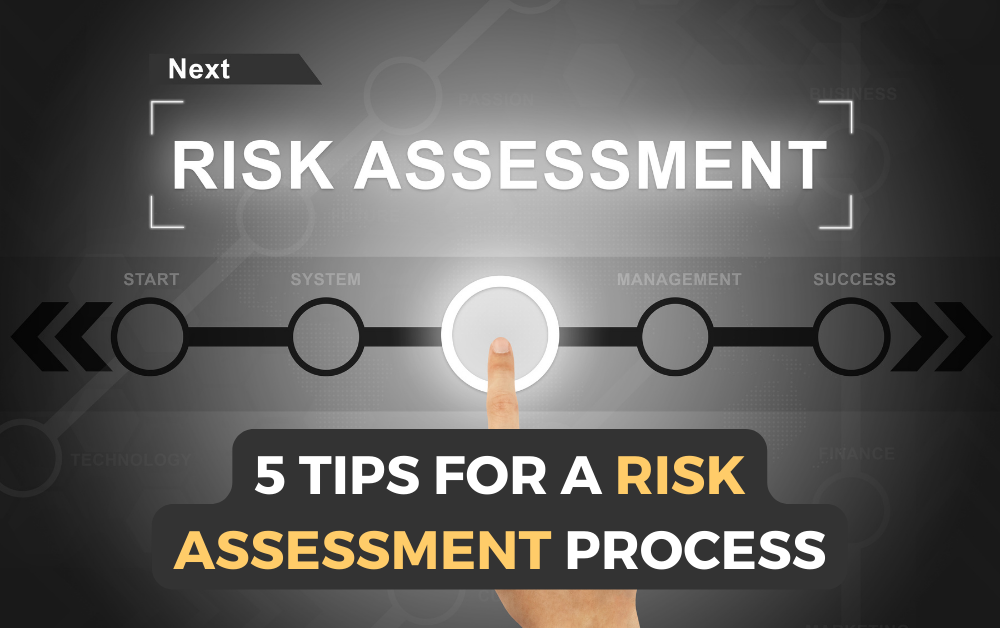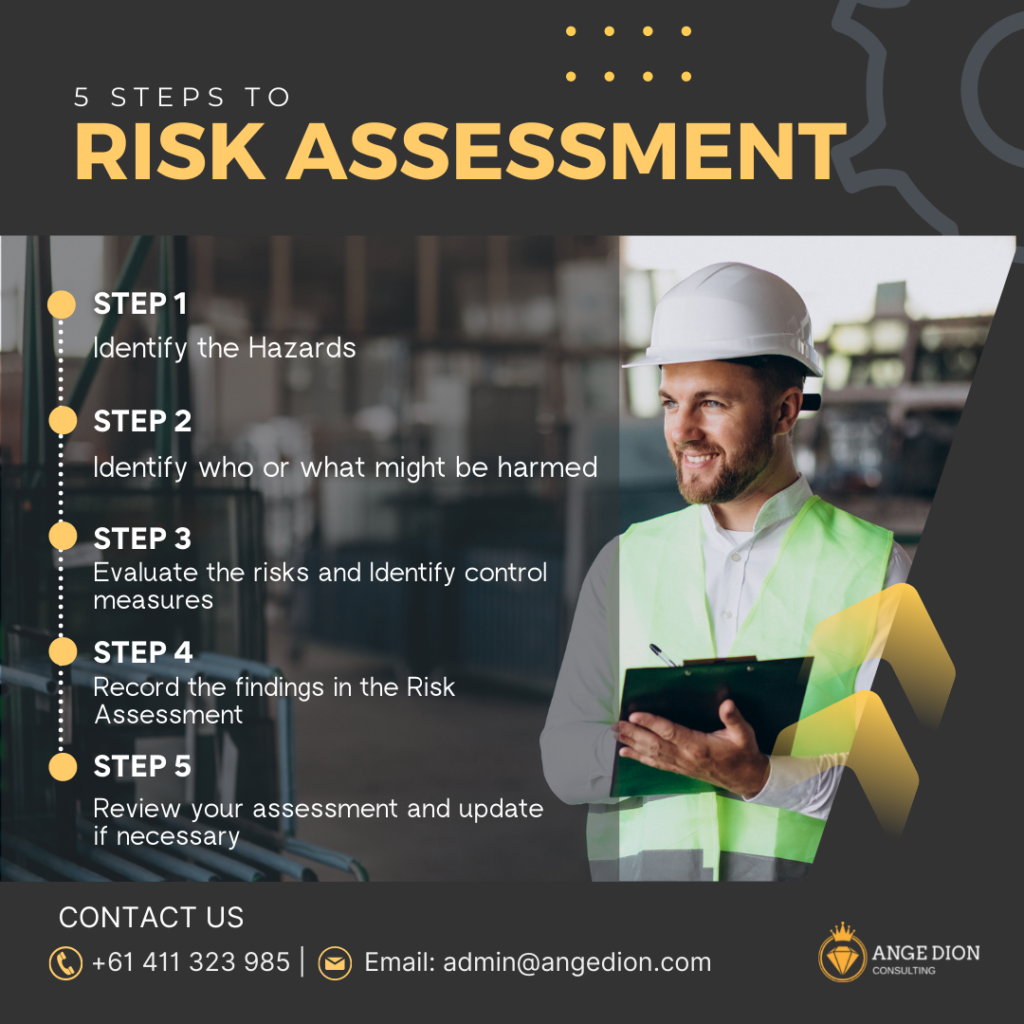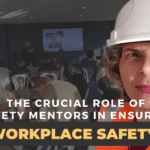5 Tips For A Risk Assessment Process

Risk assessment is one of the main pillars to accident prevention. Managing risk is a critical factor in business success. No one can foresee everything that could possibly go wrong, but by assessing common risks, you can mitigate their impact on your business.
What is a Risk Assessment?
A Risk Assessment is a systematic process of evaluating the potential risks that may be involved in an activity. There are generally three major questions which are asked when conducting a risk assessment:
- What hazards exist that may cause harm?
- How severe would the harm be?
- How likely is the harm to occur?’
Once this evaluation is made, the next steps is to consider what could be put in place to either eliminate or reduce the risk as much as possible.
(Reference: https://employsure.com.au/blog/what-is-a-risk-assessment/)
Before getting any work done, it’s very important to know where you stand concerning risk management. The first step in doing this is called the Risk Assessment Process. If you want to create and implement a good risk assessment strategy, you need to know what risks you want to assess. In this article I will be sharing the 5 tips for creating your own risk assessment strategy. Treat it as an investment in future projects. The more time spent on this process, the better prepared you are to handle risks.
5 Tips For A Risk Assessment Process
In order to successfully manage and mitigate risk, you have to identify the common risks to your own business. Here are five tips on how you can create and implement a proper risk assessment strategy:

Step 1: Identify the Hazards or Common Risks.
Once you’ve decided whether you want to create a risk assessment for your business or do it for someone else, you need to know what risks need to be assessed. Consulting businesses and legal counsel can be helpful here.
Step 2: Identify Who or What Might Be Harmed
Now that you’ve identified potential hazards and those at risk, it’s time to identify who might be harmed directly or indirectly in relation to your business. A good way of identifying these individuals is to refer back to your list of hazards, types of harm and the results of such harm.
Step 3: Evaluate Risks and Identify Control Measures
After identifying any potential harms, and deciding who might be harmed you are required to make sure that anyone who is affected is protected an ensure that the workplace is a safe place for everyone. If there are risks involved you must eliminate or minimise these as much as possible. The risks can be mitigated to the lowest level possible or the harmful materials can be removed.
Step 4: Record the Findings in the Risk Assessment
Your findings should be written down in a health and safety report. This is a legal requirement where there are 5 or more employees; and by recording the findings it shows that you have identified the hazards, decided who could be harmed and how, and also shows how you plan to eliminate the risks and hazards.
Step 5: Review your Assessment and Update if Necessary
There is no legal time frame for when you should review your risk assessment. It is, however, a very useful document that provides businesses with details of employees and their roles, plus an overview of the risk levels relating to those employees. You should review this document at least annually, if not more often as your business needs change. Having a risk assessment in place gives you a clear picture of the risks your business is likely to face and means you can discuss these issues with your senior management at any time.
You can do this yourself or engage someone knowledgeable to help you. Get in touch with us today and let’s find out how to solve that problem. I can help you assess your business, understand the risks involved, and give you the next steps to take. 💪
Feel free to send a message or call for more information visit our website, email or call us on +61 411 323 985
You may also like

Workplace Safety Made Simple: Real WHS Support for Every Business Type

Are You Audit Ready for the New Year?


